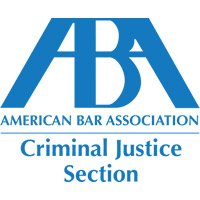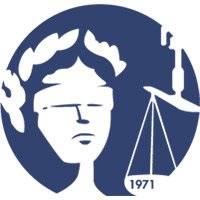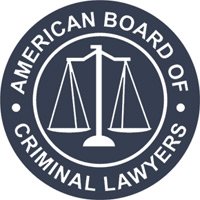FAILURE OF TRIAL JUDGE TO PERMIT QUESTIONS PERTAINING TO BIAS HELD TO BE REVERSIBLE ERROR
Where a defendant, accused of importation and possession of marijuana, specifically requested that the trial judge ask the panel if they would be unduly influenced by the testimony of police officers, and the judge refused, the court found reversible error.
See US v. Contreras-Castro, 825 F.2d 185 (9th Cir. 1987).
The court held that the issue of whether failure to ask venire members such questions is subject to several considerations, including:
“…the importance of the officer’s testimony to the government’s case as a whole; the extent to which the government agent-witness’ credibility is challenged; the extent to which the government agent’s testimony is corroborated by non-agent witnesses; and the extent to which the question concerning the venire person’s attitude toward government agents is covered in other voir dire questions and in the jury instructions. US v. Contreras-Castro, 825 F.2d 187 (9th Cir. 1987).
In Rosales-Lopez v. US, 451 US 182, 101 S.Ct. 1629, 68 L.Ed.2d 22 (1981), a
plurality of the court opined that in cases where the victim of a violent crime is of a different race then the accused there exists a possibility of prejudice. The court went on to hold in Turner v. Murray, 476 US 28, 106 S.Ct. 1683, 90 L.Ed.2d 27 (1986), that in such cases where a death penalty might be imposed the accused is entitled to have the jury questioned regarding possible racial bias.
See also US v. Brown, 799 F.2d 134 (4th Cir. 1986) (holding that the court’s refusal to ask prospective jurors if they knew witnesses in case, and failure to read list of witnesses’ names was reversible error. Defendant lacked ability to determine whether prospective jurors could render fair judgment).
However, the trial court’s burden to make independent inquiry [i.e. regarding prejudicial pretrial publicity] may be reduced where “defense counsel is permitted to inquire”, Brown v. State, 601 P.2d 221 (Alaska 1979); or increased, where it prohibits same. Silverthorne v. US, 400 F.2d 627 (9th Cir. 1968).
“In a disappointing and rather confusing opinion, the Eleventh Circuit recently held that “group questioning and nonverbal responses” constituted permissible voir dire, even in a capital case. McCorquodale v. Balkcom, 721 F.2d 1493, 1496 (11th Cir. 1983) (holding that the court there approved a procedure asking jurors to stand and then step forward in response to successive questions, while placing its stamp of permiture on equivocal verbal responses to other questions, relying on the trial court’s “ability to observe (the juror’s) tone of voice and demeanor or indecisiveness”).
How would the court “observe the tone of voice and demeanor” of the jump-up puppets who weren’t allowed to say anything?
The court’s questioning especially diminishes the possibility of selecting a jury disposed to your case or remedying on appeal the inclusion of a biased juror on the panel as the judge’s finding regarding the bias of a particular juror is presumed correct. Jones v. Butler, 864 F.2d 348 (5th Cir. 1988).
“The prospective juror, Martha Pate, had lived near the victim and knew her by sight, had visited the funeral home to view her body, had worked at Angola prison for eighteen months six years before the trial, and had worked four years earlier as a hospital lab clerk for a doctor who testified for the state.” “…Implicit …in not excusing her for cause, was a finding that Pate was not biased.” “…Even though the court made no express findings of non-bias, the questioning the ruling reflected is sufficient.” Jones v. Butler, 864 F.2d 348 (5th Cir. 1988).
SUPREME COURT NOT SWAYED BY STUDIES SHOWING RACIAL BIAS IS CONSIDERATION IN DECIDING WHO LIVES OR DIES
The Supreme Court has held a statistical study showing that racial considerations were taken into account in death penalty cases was not sufficient to demonstrate either a violation of the Equal Protection Clause or that the death penalty was imposed in an arbitrary and capricious manner. The accused must show discriminatory application of a death statute in his or her case or must show that the legislature enacted the statute with a discriminatory purpose to demonstrate an Equal Protection Flaw. McClesky v. Kemp, 481 US 279, 107 S.Ct. 1756, 95 L.Ed.2d 262 (1987).











